Pablo Picasso – Later Artworks to final years: 1949–1973
Pablo Picasso was one of 250 sculptors who exhibited in the 3rd Sculpture International held at the Philadelphia Museum of […]
Pablo Picasso – Later Artworks to final years: 1949–1973 Read More »
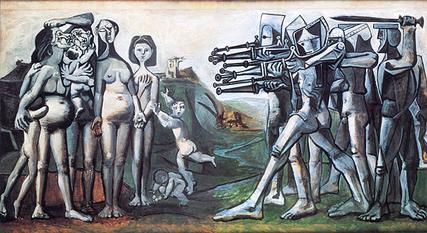
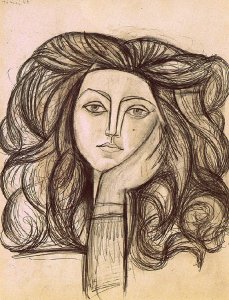
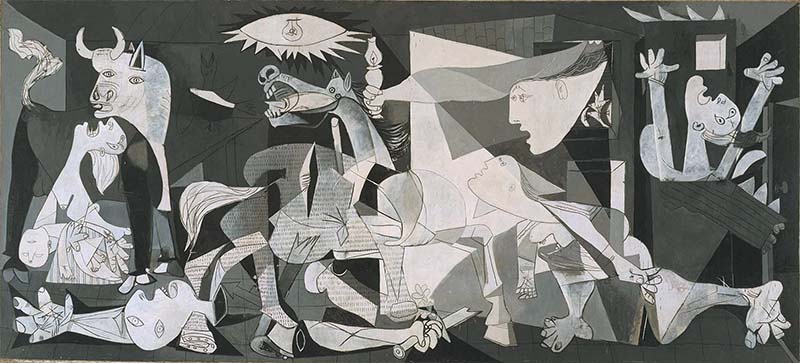
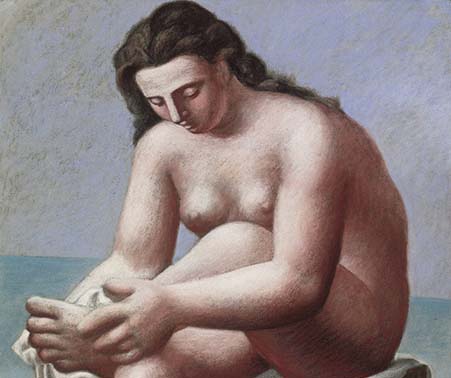
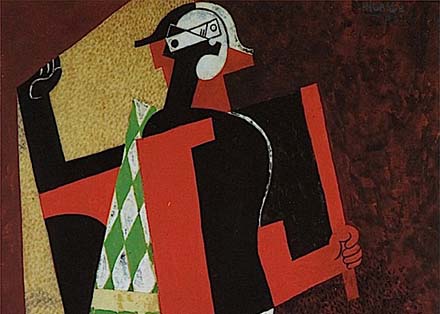
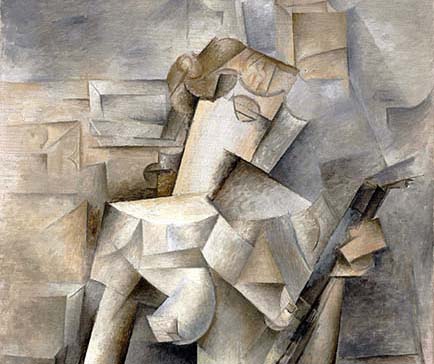
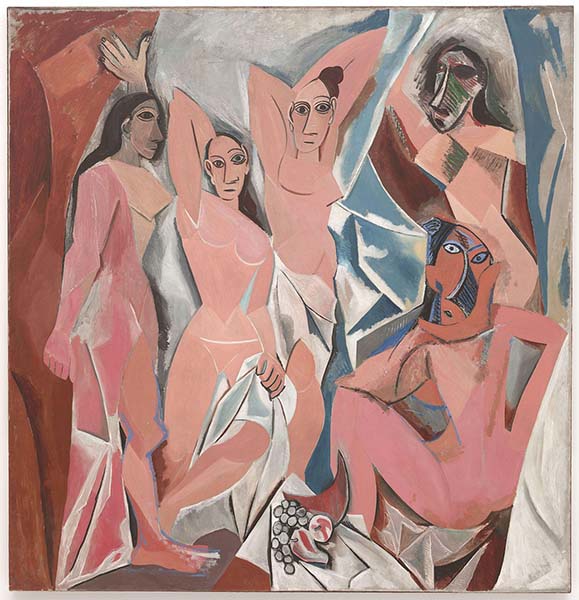
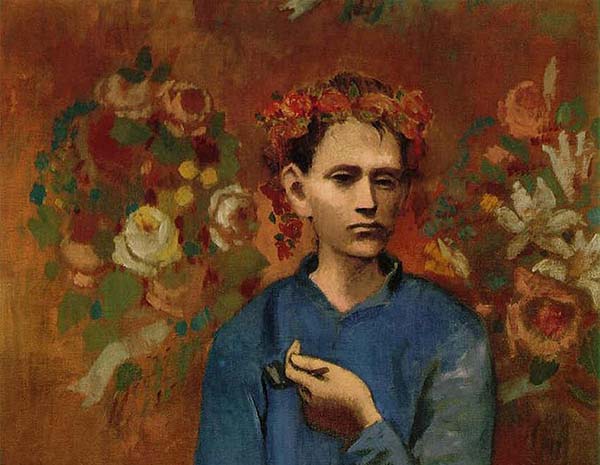
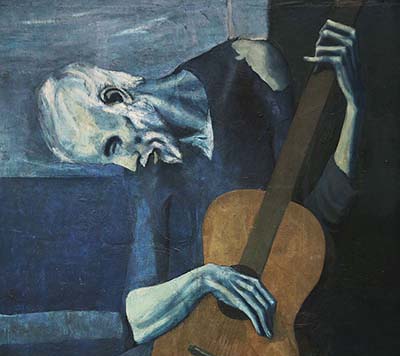
 35x44cm Dresde, Gemaldegalerie Neue Meister.jpg)